Anthony Pappalardo and I talked about his book Radio Silence. This is the third and final part of our conversation. This time around we talk about archiving hardcore, production mechanicals, Anthony’s future plans and which Ten Yard Fight/In My Eyes memorabilia could have made it into Radio Silence.
—Part [1] is just here.
—Part [2] is here.
Harshforms – I’d like you to talk about another thing that you already mentioned very early on: archiving hardcore. The practical problems you had with that (you touched upon finding the objects, money, finding show dates etc. but I guess there is more to it) and also why you think it’s important to do so. I know you talked about that somewhere else already but I think it’s an interesting idea to dwell on.
Also, which media do you find apt to archive hardcore? I’m, for example, still quite ambivalent about museum shows because I rarely saw a museography that lives up to a lived “subculture.”
Anthony – For so many years, hardcore really seemed to resist any documentation that extended past the immediate scene. Maybe people were afraid of profiteering or giving their secret away to the mainstream, but the reality is that there isn’t that much money to be made anyway off a book, gallery show, or documentary. That mentality certainly has softened and that’s partially because people are getting older and want their due, as well as feeling more comfortable with the way things have been documented over the last decade. I don’t mean that as a blanket statement, but there’s a lot of relevant bands, artists, and individuals out there whose stories should be told. Because hardcore’s so much older now, the people that can tell those stories are in senior positions, where they can be documented the right way.
Think of it this way, when Darby Crash died, there weren’t any punks powerful enough in media to even write a proper obituary for him. Now several of the staff writers at the New York Times have punk backgrounds—one even played in a grindcore band in the mid-’90s—and you have members of Bad Trip writing for Dexter: there’s more opportunity to do things the right way.
[1] Lady Gaga & GISM, screenshot from youtube.com, [2] Nicole Richie sporting CRASS from x17online.com
What’s funny about all the resistance to it, is that all art is essentially an outsider culture, so why the fuck shouldn’t our art be in a museum? The images and noise hardcore made could be the most important subculture of the 1980s, yet there’s always a reluctance to document it properly. Conversely, punk rockers are the first people to piss and moan when Lady Gaga or Nicole Richie’s stylists outfit them in a “punk” jacket or some norm appropriates something from punk. If you want credit, you have to document it, otherwise you’re just another person with an idea. If they are going to have graffiti in museums why not punk. Raymond Pettibon or Winston Smith’s work should be highly valued and coveted in museums as contemporary art, and not pigeonholed as “punk art,” so seeing Pettibon join the “million dollar club,” and sell a painting for $1,325,000 is amazing. If art is just confined to one audience, is it really effective? I don’t even think hardcore was ever really meant to be insular, it just didn’t appeal to mainstream people at first. What’s wrong with the ethos of punk seeping into mainstream/high culture? I strive to elevate the profile of what I think is important, whether it’s hardcore, skateboarding, or just an idea that comes from counterculture.
If we don’t contextualize the importance of hardcore–visually and musically–you’re going to have people far removed from it doing so or it’s just going to live on a Tumblr account, all fucking jumbled up. That’s gross to me. We’re going continue to lose more and more punk icons, because we’re all getting older and that’s life. It’s better to have people that care about punk or hardcore document it for people going forward.
[1] Pettibon at Moca LA’s exhibition Art in the Streets, [2] Pettibon in exhibition Kaboom!, Weserburg Bremen, Germany doublecrossxx.com
Here’s a scary thought that Matt Pincus from Judge / Songs Publishing mentioned to me: What happens to a catalog of music like SST if Greg Ginn dies? Does he have a will? Is it going to be tied up in legal forever? Who really owns that material? So many precious recordings and pieces of art exist in someone’s closet, without a contract or any context. Think of how many obscure, yet influential singles would be gone if the person in their possession disappears. Fuck, we’re all getting older, it’s a real thing man.
Dischord Archives shot by Glen E. Friedman from doublecrossxx.com
I don’t think anyone who started a band in 1979 thought they’d even make it to 1980, so of course things were done haphazard. I always had an appreciation for how well the Washington, D.C. scene documented things, but then again that’s very telling of the culture they grew up in, with many of their parents being involved in government or media—maybe it was engrained in them. Luckily, there were always packrats or people there with a camera to capture bits and pieces, no matter how rich or poor or what part of the world they were in. I think it’s sad now, that we’re so reliant on self documentation that we’ll never see someone publish a book or have a show of portraits and candids of the seminal bands of today, as Glen E. Friedman has done with the first wave of American hardcore. Sure some things exist, but it’s tough for them to have the weight they once had, because everyone sees everything and has a camera in their pocket.
Harshforms – Also, when talking about archiving and thus fixing part of hardcore’s history in time, I’m always curious about who takes part in it, who is interviewed etc. As you already know, I’m quite interested in unearthing but also understanding women’s participation in earlier hardcore. So when looking through Radio Silence, there seems to be a clear division of labor: women took the photos, men did the layout. What I also noticed: there are loads of women in your thanks list in comparison to the few that are in the book itself. How come?
Anthony – This is a very, very tough one and something we really labored over. The story of American hardcore is a very male-driven story, simply because that was the cultural norm then. Of course there were women involved in every aspect, at every stage, but when you have to create a book and deal with a “general” storyline (meaning that we weren’t going to drill down into all the minutia) you have to deal with the reality that it was very much a boys club. If we started with the CA scene, before hardcore, with the Bags or The Avengers, this would be a different story, but the fact is that of the major bands, they were mostly male. That’s the truth.
If we had some six page spread on Kira in Black Flag or Fire Party or Desiderata it would have looked so arbitrary and almost condescending. Also, because it’s a mostly visual history, we weren’t able to talk about people who booked shows or worked behind the scenes, not necessarily in bands. There was also a big debate about how to include Riot Grrrl, but what we ultimately decided was that Riot Grrrl stemmed more from punk rock and was a larger, feminist reaction to male politics and dominance in punk in general. This was not really part of the narrative of the book, even though there was crossover. It’s also such a huge culture, that it needed its own attention, because it eclipses so many things. The best way I can describe it, is that you could write an entire book on Bikini Kill that would be relevant to many people, even outside punk, but there are several hardcore bands, even ones that play for thousands of people that could warrant a book written about them, as Bikini Kill’s were the flagship band for an entire movement. They’re the Black Flag, Germs, Minor Threat, or even Earth Crisis of what they do.
ACT UP protests in LA in late 1980s. Photo by Karen Ocamb from lgbtpov.frontiersla.com
There are tons of people–male and female–who were omitted, because their quotes and insights didn’t fit with the visuals. This wasn’t an oral history, so we had to make sure that the quotes on the page did something to illuminate and contextualize the visuals. Unfortunately, much of the image making was very male dominated as well and most of the labels were run by men. That’s not just hardcore, that’s the state of the United States in the 1980s. Women, minorities, and homosexuals were oppressed, whether it was by wages, equal rights, or AIDS being viewed as an exclusively “gay disease.” It wasn’t that long ago, but with such a lack of information out there, it was a different time. Unfortunately, it’s still a fucked up time in the US, as we’ve seen that you can capture a cop completely disregarding the law on camera and they get a pass.
To go back to your question, we were very, very conscious of telling the story of those that were there and going with what was generally considered “fact.” What that means, is that we didn’t go dig deep on things because they interested us more, or try to highlight unsung heroes, we wanted to respect the story and tell it. It’s a tough position, but you need to have that perspective or you’re going to skew things. Of course you can’t help but steer things one way or the other based on what you think works, but we tried not to play favorites. You also have to understand that people were SO skeptical of us, especially the ones we didn’t know personally. All they knew was “Some guys with long hair are making an art book about hardcore for MTV.”
Overcoming that was pretty harsh!
Harshforms – One last thing I’d like you to comment on concerning Radio Silence is production mechanicals. You show quite a lot of them in your book. What’s the fascination with those?
Anthony – Mechanicals were how I learned to lay things out as a teen, so that was the norm. When computers came into the mix, it was as if someone had invented the telephone or something—it was that revolutionary. Those paste-ups are indicative of a time and place and the care that you had to put in to have a record produced. As I said before, there are SO many things that could have went wrong, so when they are pulled off as beautifully as some of the Dischord releases, you have to have an appreciation for them.
It was paramount to include them, in order to show a generation who may not be aware, how the albums that are so precious to us all were actually made. Plus, they just look cool as fuck!
Abstract No. 2 by Anthony Pappalardo from instagram.com/anthony_pappa
Harshforms – What’s next? You already told me that there won’t be a second volume of Radio Silence. Any other projects to archive and make public your ‘hardcore knowledge’?
Anthony- I’m constantly writing for print and online media and am in the process of working on a book about Gorilla Biscuits’ Start Today. I never understood why the 33 1/3 series rarely covers hardcore, until I did a little digging and found out that there is a three year waiting list to get one even considered. I approached them about doing one on Out of Step and they poo-pooed it, saying “A lot of people want to author one of these, and a book on hardcore is pretty low on our list.” I’m paraphrasing, but it was that dismissive.
I know publishing and know the audience for a hardcore book, so I realized that if I wanted to do one, I could figure it out on my own. I called Jordan at Revelation and asked him what he thought and he gave me a huge sign off. The band was on board and now we’re on our way.
It’s not going to be what anyone expects and it’s going to appeal to a broader audience than just fans of the band—that’s all I’ll say.
Harshforms – For this last question, I wanted to turn tables and ask you, a Ten Yard Fight co-founder and In My Eyes guitarist, about your hardcore memorabilia. Do you have any objects collected from that time (or other times) that tell (special) stories like those in Radio Silence?
Anthony – That’s tough. Ten Yard Fight started in 1994 and In My Eyes broke up in 2000, so that’s six full years of amassing shit. With TYF, I have some of the original stickers we made before even had a practice. The raddest relic I still have are these ridiculous sketches we made late one night, trying to come up with a mascot. There’s one of a straight edge football dude, plowing towards the end zone, pushing a bunch of punks with needles sticking out of their arms out of the way—didn’t make the cut obviously ha!.
I was much more archival with IME and still have a thick binder filled with ephemera from our tours and shows. When we went on our first US tour I kept a journal, detailing everything that happened. When we went on our first US tour I kept a journal, detailing everything that happened. Unfortunately, said journal was ripped to pieces by someone who didn’t appreciate it as much as I did. Bum out. I have all these different color variants Pushead did for The Difference Between, but the coolest stuff are just the hang out photos from the tours—they really tell the story. I honestly have at least 500 live shots of IME and they’re nice and all, but having those little behind the scenes shots—hanging with the Cro-Mags in Italy or posing with Budweiser models in Puerto Rico—are just so much cooler.



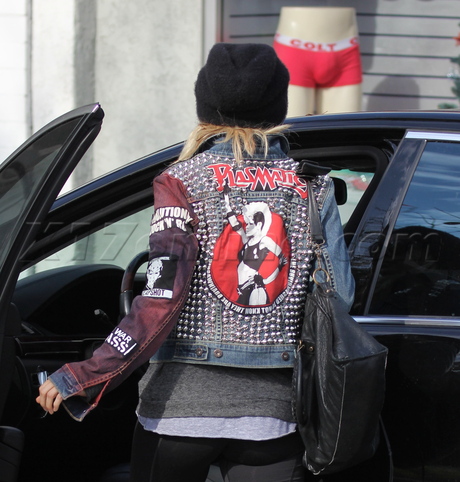
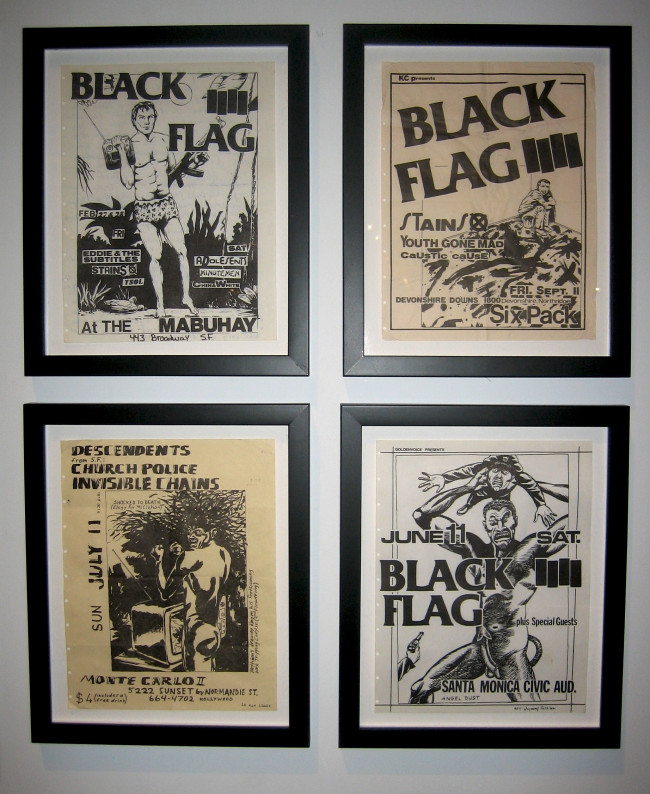

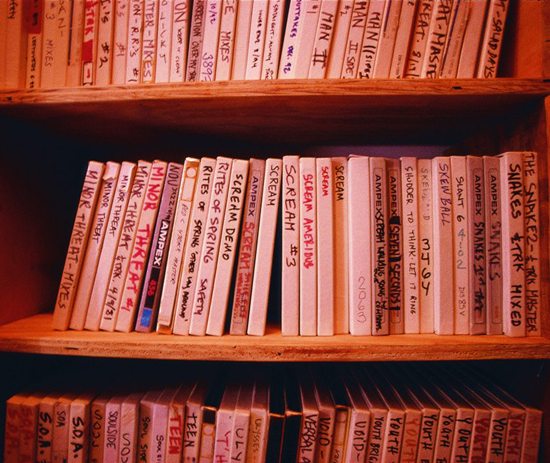

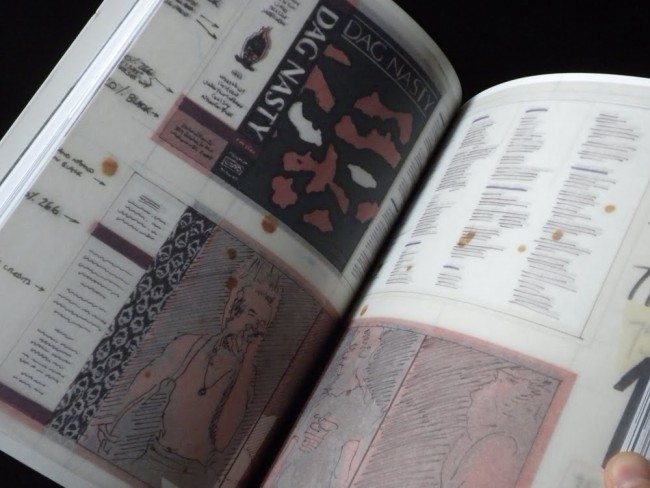

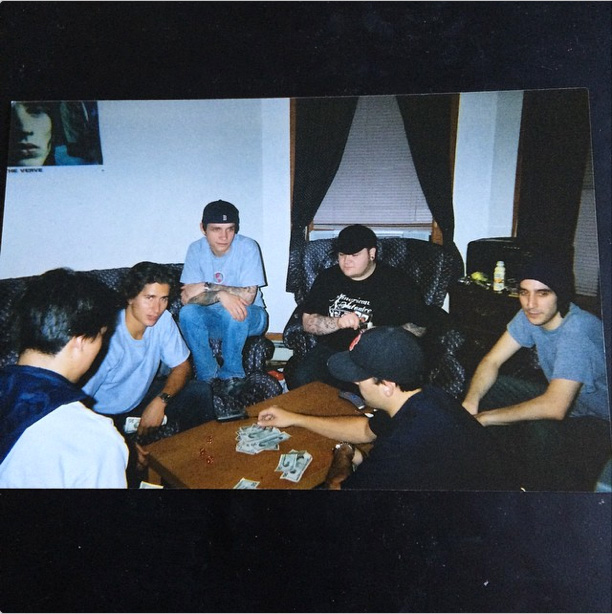
Leave a Reply